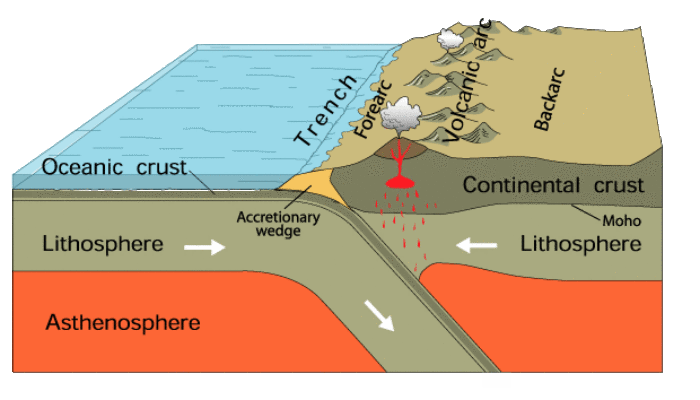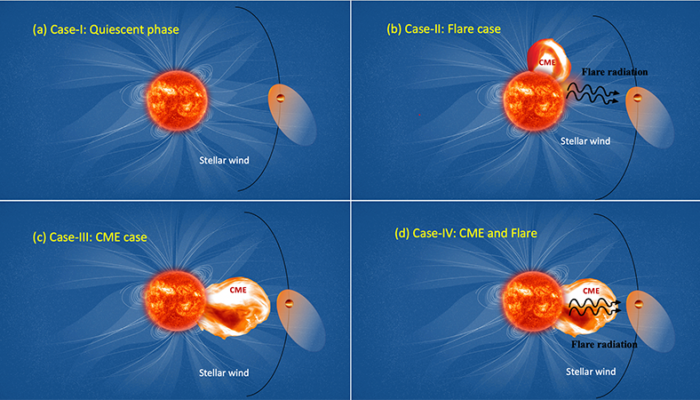Sylvester is continuously ogling new readers for his scientific communications. Pawing at several social media, he purrs: Do you need Twitter to spread your science? Dear Sylvester, Yes. Next question, please. I mean, it’s quite popular. Isn’t it? If you throw in a couple of tags to institutions, active members of the scientific social media community or even just some journals there&# ...[Read More]
Modelling the Thermal Evolution of Subduction Zones

Subduction zones are as complex as they are ubiquitous. To understand subduction zone dynamics and processes we first have to understand the thermal structure of subduction zones and how this evolves in time. This week Adam Holt, Assistant Professor in the Department of Marine Geosciences (MGS) at the University of Miami Rosenstiel School of Marine and Atmospheric Science (RSMAS) and Cailey Condit ...[Read More]
The Sassy Scientist – Difficult Coexistence
Picture yourself in the office. You are finally cracking on that paper you have been meaning to read for a long time. Here comes that one paragraph upon which the understanding of the whole paper hinges. You are almost grasping it, when the smell of soup hits your nostrils, warning you that it is lunch time for your office mate. You know, the one that slurps when they eat. And obviously they think ...[Read More]
Stellar storms in other worlds: implications for the stability of exoplanetary atmospheres
Stellar storms modify the atmospheric evolution of planets. ‘Hot Jupiter’ planets being very close to their host star, are often affected by such storms. In this week’s peculiar planet, Gopal Hazra, a post-doctoral fellow at the School of Physics, Trinity College Dublin, discusses effect of stellar storms on those planets using his self-consistent hydrodynamic models of planetary ...[Read More]



